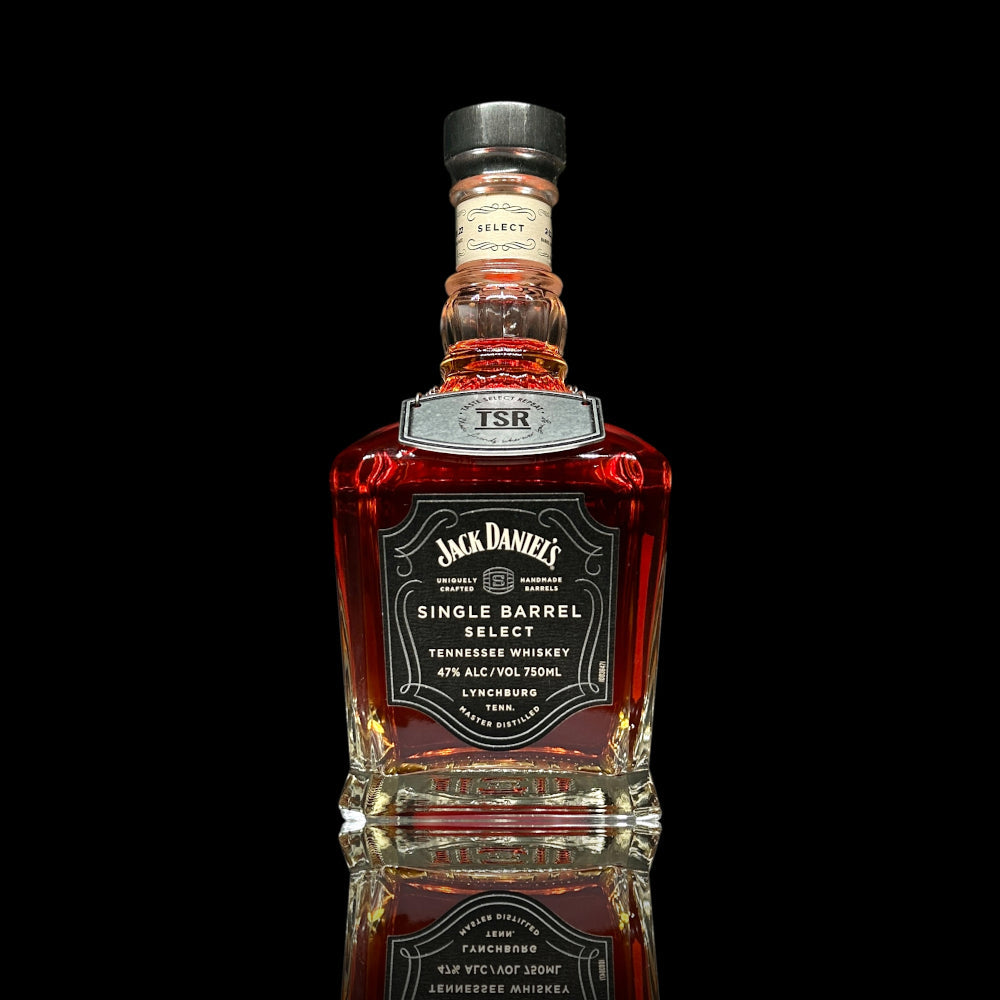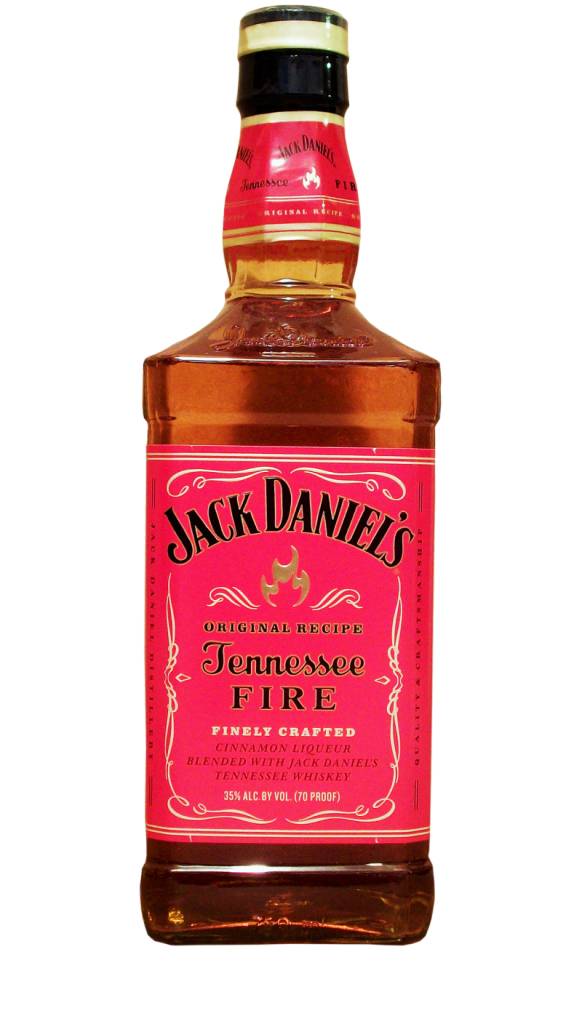Discover the Art of Distillation: Discovering the World of Liquor and Scotch
The detailed procedure of distillation has actually shaped the world of alcohol and scotch into a realm of exceptional craftsmanship and varied flavors. From the ancient beginnings of purification to the modern-day advancements in techniques and tools, the trip of just how spirits are crafted is an interesting one. As we explore the vast selection of spirits generated around the world, each with its unique characteristics and social value, we begin to recognize the rich tapestry of flavors waiting to be uncovered. Join us as we dive right into the globe of liquor and bourbon, where practice meets advancement to develop a symphony for the senses.
The Beginnings of Distillation
Exactly how did the ancient civilizations initially discover the art of distillation that would later on change the production of spirits and bourbon? The beginnings of purification can be mapped back to old Mesopotamia and Egypt, where early experiments were performed to different alcohol from fermented beverages (Buy Jack Daniel's Tennessee Whiskey Online). The process of purification includes heating up a liquid to develop vapor and then cooling it to condense the vapor back into a fluid form, permitting the removal of purer alcohol
The ancient Greeks further developed these methods, with notable numbers like Aristotle discovering the concepts of distillation. However, it was the Arab alchemists during the Islamic Golden Age that made substantial improvements in distillation modern technology, laying the foundation for modern purification practices.
Purification Strategies and Tools
Purification methods and tools play an important function in the manufacturing of spirits and bourbon, making certain the extraction of pure alcohol from fermented fluids. The process involves heating the liquid to create vapor and after that cooling it to condense the vapor back into a liquid type, separating the alcohol from other elements. There are various purification approaches used in the industry, including pot still distillation, column distillation, and continual purification.
Pot still purification, the earliest approach, entails an easy batch procedure where the liquid is heated in a pot still, and the alcohol vapors are accumulated and compressed. Column distillation, on the other hand, utilizes a column with several plates or trays to attain a more efficient and constant distillation procedure. Continual purification systems, like the Coffey still, permit a constant flow of liquid via the system, leading to high-proof alcohol manufacturing.
Purification devices varies from typical copper pot stills to contemporary stainless-steel columns, each offering distinct benefits in regards to taste accounts and effectiveness. The choice of tools and strategy greatly affects the end product's top quality and features.
Diverse Selections of Alcohol Worldwide

Scotch whisky, made in Scotland, is known for its complicated and peaty flavors originated from the country's malted barley and conventional aging procedure in oak casks. On the other hand, the wonderful and robust bourbon whiskey comes from the USA, especially Kentucky, where it is crafted mainly from corn.
Relocating To the Caribbean, rum takes the limelight with its sugarcane beginnings and varied profiles ranging from light and crisp to dark and rich. Tequila, Mexico's famed spirit, is made from heaven agave plant and boasts a variety of styles, from earthy blanco to aged añejo selections.

Whiskey Styles Throughout Various Regions
Exploring the globe of bourbon reveals a diverse selection of designs originating from different areas, each offering a special preference and personality shaped by neighborhood active ingredients and purification techniques. Scotch whisky, coming from Scotland, is recognized for its smoky, peaty tastes, with areas like Islay creating especially durable malts. Irish bourbon, on the various other hand, often tends to be smoother and lighter, frequently triple-distilled for a crisp coating. American bourbon, a corn-based scotch, is matured in brand-new charred oak barrels, giving it a sweet and caramelized account. Tennessee scotch, carefully associated to bourbon but with an additional charcoal filtering system procedure called the he has a good point Lincoln Area Refine, boasts an unique mellow taste.
Japanese whisky, motivated by Scotch traditions, has gained worldwide acknowledgment for its careful craftsmanship and balanced flavors. Canadian whisky, typically made from a blend of grains, is known for its smooth and light features. Each area's scotch style mirrors its special heritage, climate, and production techniques, supplying lovers an abundant tapestry of tastes to explore.
The Future of Distilled State Of Minds
With an ever-evolving international taste and an increasing need for innovation in the spirits industry, the future of distilled spirits presents a landscape ripe for exploration and creativity. As customer choices continue to change in the direction of unique and artisanal products, distillers are compelled to press the boundaries of traditional distillation techniques. This shift has led to a surge in speculative distilling techniques, such as barrel aging in non-traditional woods, blending spirits from different regions, and making use of alternate grains for distillation.
Moreover, sustainability and environmental awareness have become critical variables forming the future of distilled spirits. Distilleries are increasingly concentrating on lowering their carbon footprint, executing eco-friendly techniques, and sourcing neighborhood ingredients to produce a much more lasting product. This trend is not only driven by consumer demand for morally produced spirits but also by a real commitment Click This Link within the market content to minimize ecological effect.
In the coming years, we can anticipate to see a continued emphasis on technology, sustainability, and diversity in the globe of distilled spirits, as distillers aim to meet the evolving preferences and values of the modern-day consumer.
Final Thought
In verdict, the art of purification has a rich background and varied methods that have actually been improved over centuries. From the beginnings of distillation to the broad selection of alcohols offered worldwide, this ancient practice continues to progress and innovate (Buy Jack Daniel's Tennessee Whiskey Online).
The detailed process of purification has actually shaped the globe of liquor and bourbon right into a realm of unequaled workmanship and varied flavors.Exactly how did the ancient civilizations first find the art of purification that would later transform the manufacturing of spirits and scotch?Purification methods and tools play an important function in the manufacturing of spirits and scotch, making sure the extraction of pure alcohol from fermented fluids. There are numerous distillation methods used in the sector, including pot still distillation, column purification, and continuous distillation.
Column purification, on the various other hand, uses a column with numerous plates or trays to achieve a much more efficient and continual purification process. Buy Jack Daniel's Tennessee Whiskey Online.